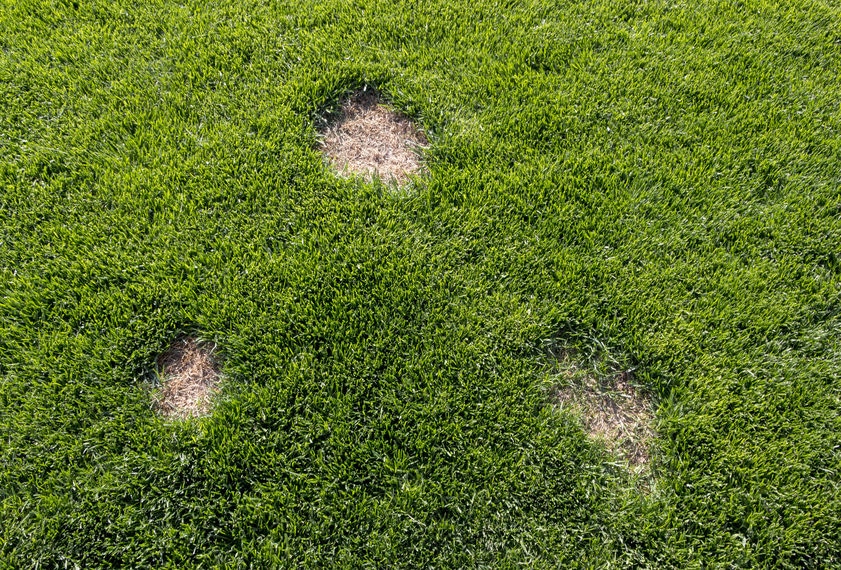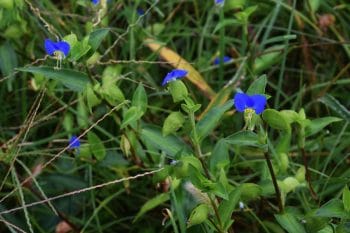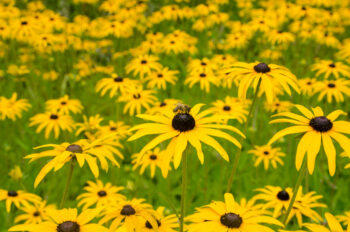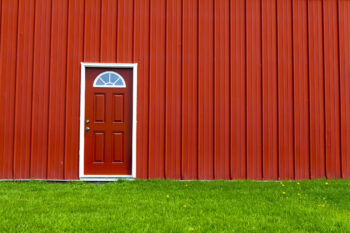Lawn fungus can be a persistent and frustrating issue for homeowners. Warm season grasses are particularly susceptible to certain types of fungus in the spring. In this article, we will delve into the causes of lawn fungus and treating lawn for fungus.
Causes of Lawn Fungus in Warm-Season Grasses
Several factors contribute to the development of fungus in warm-season grasses, with specific conditions creating an ideal environment for fungal growth. These factors include:
Weather Conditions: Warm-season grasses are prone to fungal infections during periods of warm, humid weather and frequent rainfall. Additionally, fluctuations between warm days and cool nights creates an environment conducive to the development of fungal diseases.
Overwatering: Excessive irrigation or poor drainage leads to waterlogged soil and create a breeding ground for fungal spores to thrive.
Shade and Poor Air Circulation: Areas of the lawn that receive minimal sunlight and have restricted air circulation are at higher risk of developing fungal diseases.
Common Lawn Funguses
- Brown Patch
- Powdery Mildew
- Pythium Blight
- Dollar Spot
- Red Thread
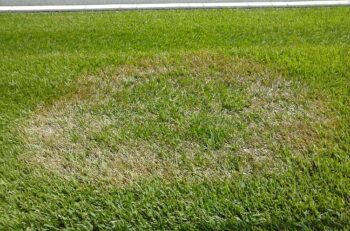
Brown Patch
This fungus is caused by the Rhizoctonia solani fungus and typically manifests as circular or irregular-shaped brown patches in the lawn. The grass initially appears water-soaked and wilted.
Brown patch is often confused with large patch. Read Large Patch vs. Brown Patch to learn more.
As the disease progresses, the patches expand and get darker. Brown patch thrives in moist conditions and is more prevalent during periods of high humidity and excessive moisture.
Rodriguez (2007) says just apply your spring application of fertilizer AFTER you have mowed the lawn twice and ignore the weakened Brown patch affected area. In several weeks you will not be able to find it. If you want to insure a faster and complete coverage of the damaged area, you can plant some plugs of grass in the most barren areas.
Powdery Mildew
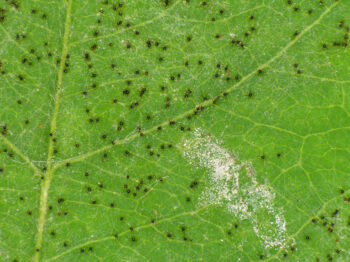
It appears as a powdery white or grayish coating on the grass blades. This spring fungus thrives in humid conditions and spreads quickly during warm days and cool nights.
It weakens the grass by inhibiting photosynthesis. The affected areas become yellow, stunted and eventually die off.
Proper cultural practices, such as improving air circulation and reducing moisture, are crucial in preventing and managing powdery mildew in lawns.
Pythium Blight
Pythium blight thrives in moist conditions and quickly turns lush green lawns into patches of greasy, water-soaked grass. This summer fungus occurs when morning dew lasts for many hours and evening temperatures are in 70’s.
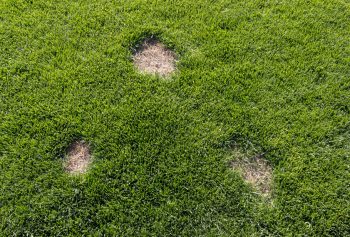
Dollar Spot
It is caused by the Sclerotinia homoeocarpa fungus and appears as small, silver dollar-sized patches of bleached or straw-colored grass.
Dollar spot thrives in temperatures ranging from 59°F to 86°F (15°C to 30°C), particularly when accompanied by high humidity or dew.
Check out one of our other articles that goes more in depth about pythium and dollar spot funguses.
Red Thread
This fungal disease presents as pink or red thread-like structures, giving it its distinctive name. Red thread fungus thrives in temperatures ranging from 40°F to 80°F (4°C to 27°C), with optimal growth occurring around 70°F (21°C).
Being aware of these common lawn funguses in North Texas is crucial for homeowners to effectively identify and address potential fungal infections in their warm-season lawns. Many lawn diseases look similar. Read “Red Thread and Rust Lawn Diseases to learn about the differences between the two.
Treatment of Lawn Fungus in Warm-Season Grasses
Once a fungal infection has been identified, it is crucial to implement an appropriate treatment plan to address the issue. Treatment options for lawn fungus in warm-season grasses may include the following:
Fungicides: Selecting a suitable fungicide designed to target the specific type of fungus affecting the lawn will help to manage the infection. It is important to follow the manufacturer’s instructions for application and safety precautions.
Rodriguez (2007) fungicides cannot repair the damage done by fungus; they can only prevent the occurrence or spread of it.
Cultural Practices: Adjusting cultural practices such as watering, mowing, and fertilizing helps to create an environment that is less favorable for fungal growth. This includes reducing watering frequency, improving drainage, and ensuring proper air circulation through regular lawn maintenance. Check out our Lawn Fertilization and Weed Control Service Page for details.
Lawn Aeration: Core aeration helps to alleviate compacted soil, enhance air circulation, and reduce moisture retention, creating a less hospitable environment for fungal diseases. Lawn Aeration is a service we provide.
Removal of Infected Debris: Promptly remove and dispose of any dead or infected grass clippings, thatch, or other organic debris to prevent the spread of fungal spores.
Prevention of Lawn Fungus in Warm-Season Grasses
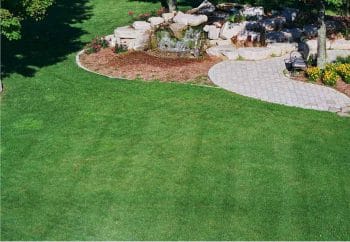
Taking proactive measures to prevent the occurrence of fungal diseases is key to maintaining a healthy lawn. The following prevention strategies can help mitigate the risk of lawn fungus in warm-season grasses:
Proper Lawn Maintenance: Regularly mowing, watering, and fertilizing the lawn will build a resilience to fungal infections. Go to our Full Service Lawn Care Page to find out how we can help.
Air Circulation: Trim back overhanging branches and vegetation to improve sunlight exposure and air circulation throughout the lawn.
Water Management: Water the lawn deeply but infrequently to encourage deep root growth and avoid surface moisture that can promote fungal growth. Additionally, water in the mornings, so that grass dries during the day.
Timely Maintenance: Address any lawn care issues promptly to maintain optimal lawn health and minimize susceptibility to fungus.
Wrapping Up
In conclusion, warm-season grasses are vulnerable to fungal infections in conditions of warm, humid weather and fluctuating temperatures.
By expanding their knowledge about lawn funguses, homeowners safeguard their lawns against the damaging effects of lawn fungus.
Maintaining a beautiful and healthy lawn is possible with proper care and attention to fungal disease management.
References:
Rodrigues, D. (2007, April 28). Brown patch and take-all fungus diseases in lawns. Texas A&M Agrilife Extension. https://bexar-tx.tamu.edu/homehort/archives-of-weekly-articles-davids-plant-of-the-week/brown-patch-take-all-fungus-diseases-in-lawns/
Photos of brown patch and powdery mildew came from wikipedia:
https://en.wikipedia.org/wiki/Brown_patch
https://en.wikipedia.org/wiki/Powdery_mildew

